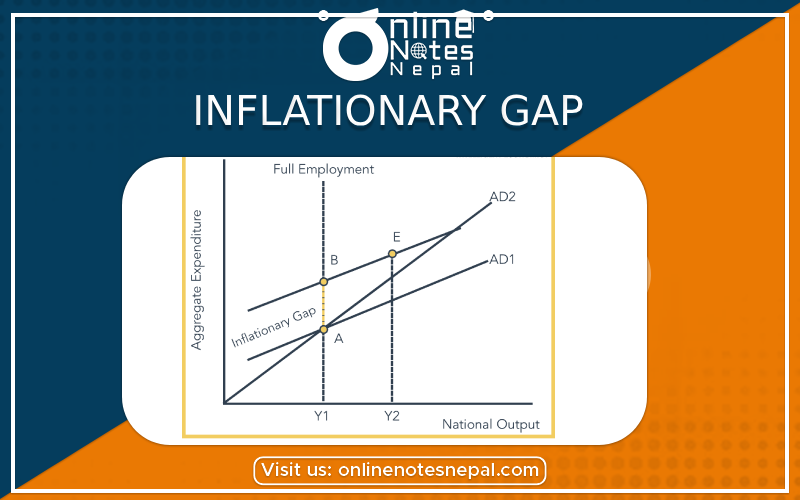Published by: Dikshya
Published date: 07 Jul 2023

An inflationary gap, also known as demand-pull inflation, is an economic concept that arises when the total demand for goods and services in an economy exceeds its overall productive capacity in the short run. This situation can lead to upward pressure on prices, resulting in inflationary pressures within the economy.
In simpler terms, an inflationary gap occurs when the level of aggregate demand, which includes consumer spending, business investment, government spending, and net exports, becomes so strong that it outpaces the ability of businesses to produce goods and services to meet that demand efficiently. When demand is significantly higher than supply, businesses may respond by increasing prices to take advantage of the strong demand, thereby causing inflation.
This phenomenon is typically associated with periods of robust economic growth, low unemployment rates, and increased consumer and business confidence. While an inflationary gap can be a sign of a healthy, growing economy, if left unchecked, it can lead to undesirable consequences such as rising prices, eroding the purchasing power of money, and potential distortions in resource allocation.
Economists and policymakers closely monitor inflationary gaps to implement appropriate monetary and fiscal policies to manage inflation and maintain economic stability. Measures to address an inflationary gap might include increasing interest rates, reducing government spending, or implementing other measures to cool down excessive demand and mitigate the inflationary pressures. The goal is to strike a balance between economic growth and price stability to ensure a sustainable and healthy economic environment.
The most common formula used to calculate inflation is the Consumer Price Index (CPI) formula. The CPI measures the average change in prices paid by consumers for a basket of goods and services over time. Here’s the formula for calculating inflation using the CPI:
[ Inflation Rate =( CPI in Current Year - CPI in Previous Year )* 100 ]